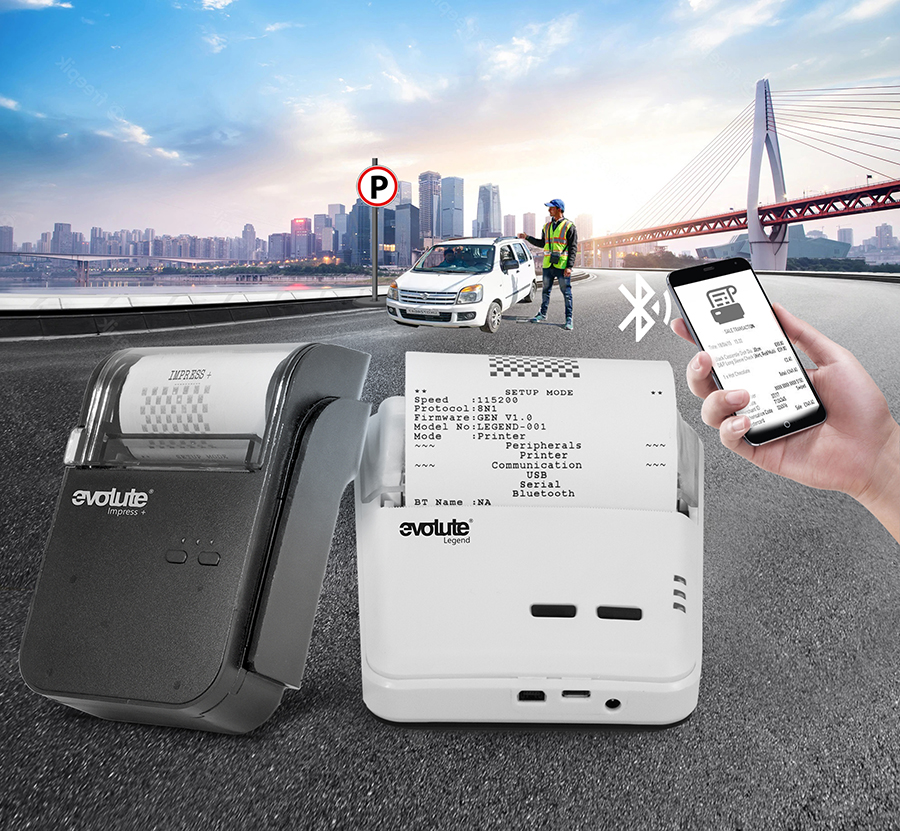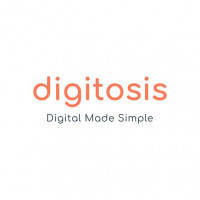2-Inch vs. 3-Inch Thermal Printers: Which One is Right for Your Business?

Strong 8k brings an ultra-HD IPTV experience to your living room and your pocket.
In today's fast-paced business environment, efficient and reliable printing solutions are essential. Thermal printers have become a popular choice across various industries due to their speed, low maintenance, and high-quality output. When selecting a thermal printer, one critical decision is choosing between a 2-inch and a 3-inch model. This article delves into the differences between these two options to help you determine which is best suited for your business needs.
Sizing Up the Options: 2-Inch vs. 3-Inch Thermal Printers
The primary distinction between 2-inch and 3-inch thermal printers lies in their print width. A 2-inch thermal printer typically offers a print width of up to 2 inches (50.8mm), making it ideal for small barcode labels, price tags, and small product labels. These printers are often used in retail stores, pharmacies, and small businesses.
On the other hand, a 3-inch thermal printer provides a print width of up to 3 inches (76.2mm), accommodating a broader range of label sizes and materials. They are commonly used in industries such as healthcare, logistics, and manufacturing to print various labels.
Weighing the Pros and Cons: Benefits and Drawbacks
2-Inch Thermal Printers:
Pros:
- Compact Design: Their smaller size makes them ideal for businesses with limited counter space.
- Cost-Effective: Generally, 2-inch printers are more affordable than their larger counterparts, making them a budget-friendly option for small businesses.
- Simplicity: With fewer features, these printers are straightforward to operate and maintain.
Cons:
- Limited Print Width: The narrower print width restricts the size of labels and receipts that can be produced.
- Lower Versatility: May not be suitable for businesses that require a variety of label sizes.
3-Inch Thermal Printers:
Pros:
- Wider Print Capability: The increased print width allows for larger labels and receipts, enhancing readability and accommodating more information.
- Versatility: Suitable for a broader range of applications across various industries.
- Advanced Features: Often come equipped with additional functionalities such as wireless connectivity and higher print speeds.
Cons:
- Larger Footprint: The bigger size may require more counter space, which could be a constraint for some businesses.
- Higher Cost: Typically, 3-inch printers are more expensive than 2-inch models, which may be a consideration for budget-conscious businesses.
- Industry Insights: Matching Printers to Business Needs
Selecting the right thermal printer depends largely on your industry and specific business requirements.
Retail and hospitality:
In retail settings, 2-inch thermal printers are often used for printing receipts, price tags, and small barcode labels. Their compact size fits well in limited counter spaces, and their speed ensures quick customer transactions. However, for businesses that require printing larger receipts or labels with more detailed information, a 3-inch printer may be more appropriate.
Healthcare:
Healthcare facilities often require printing patient wristbands, prescription labels, and other critical identifiers. A 3-inch thermal printer can accommodate the need for larger, more detailed labels, ensuring that vital information is clearly visible.
Logistics and Manufacturing:
In logistics and manufacturing, the demand for various label sizes is common, from small part abels to larger shipping labels. A 3-inch thermal printer offers the versatility needed to handle these diverse requirements efficiently.
Technological Trends: Staying Ahead of the Curve
The thermal printing industry continues to evolve, with advancements aimed at enhancing efficiency and functionality. Recent developments include the integration of wireless connectivity options, such as Bluetooth and Wi-Fi, allowing for more flexible printer placement and reducing cable clutter. Additionally, improvements in print speed and resolution are enabling businesses to produce high-quality labels and receipts more quickly.
POSPaper.com offers the lowest prices online for high-quality thermal paper rolls, ensuring businesses save big without compromising on quality.
Making the Choice: Key Considerations
When deciding between a 2-inch and a 3-inch thermal printer, consider the following factors:
- Application Requirements: Assess the types of labels or receipts you need to print and their required sizes.
- Space Constraints: Evaluate the available space in your work environment to accommodate the printer.
- Budget: Determine your budget, keeping in mind that while 3-inch printers offer more versatility, they come at a higher cost.
- Future Needs: Consider potential future applications that may require different printing capabilities.
Conclusion: Summing It Up
Choosing between a 2-inch and a 3-inch thermal printer hinges on your specific business needs. Here's a quick summary to guide your decision:
2-Inch Thermal Printers:
- Ideal for: Small businesses with limited space and straightforward printing needs.
- Advantages: Compact, cost-effective, easy to use.
- Limitations: Restricted print width, less versatile.
3-Inch Thermal Printers:
- Ideal for: Businesses requiring larger labels or receipts and greater versatility.
- Advantages: Wider print capability, suitable for various applications, advanced features.
- Limitations: Larger size, higher cost.
By carefully evaluating your business's printing requirements, space availability, and budget, you can select the thermal printer that best aligns with your operational needs.
Note: IndiBlogHub features both user-submitted and editorial content. We do not verify third-party contributions. Read our Disclaimer and Privacy Policyfor details.







